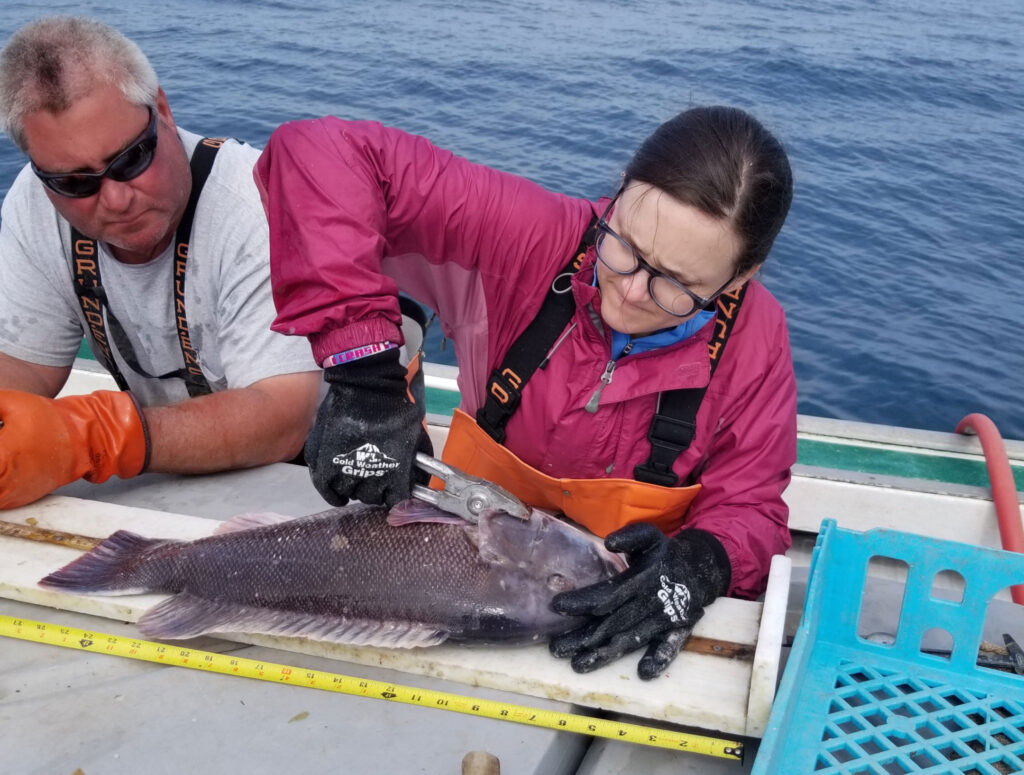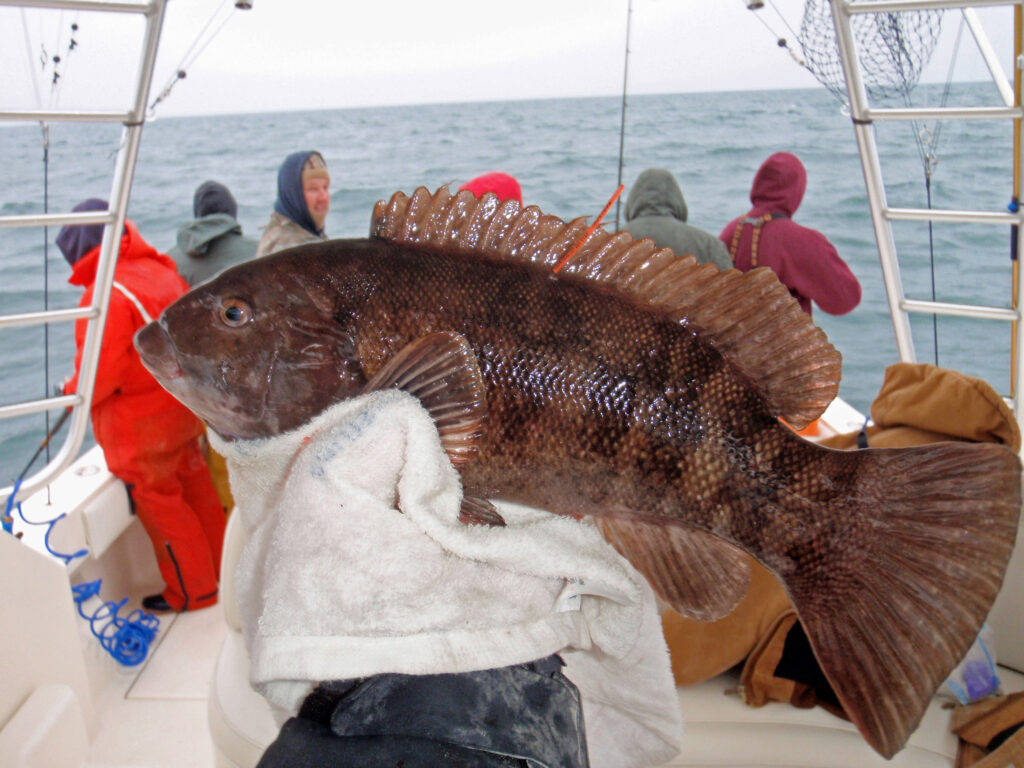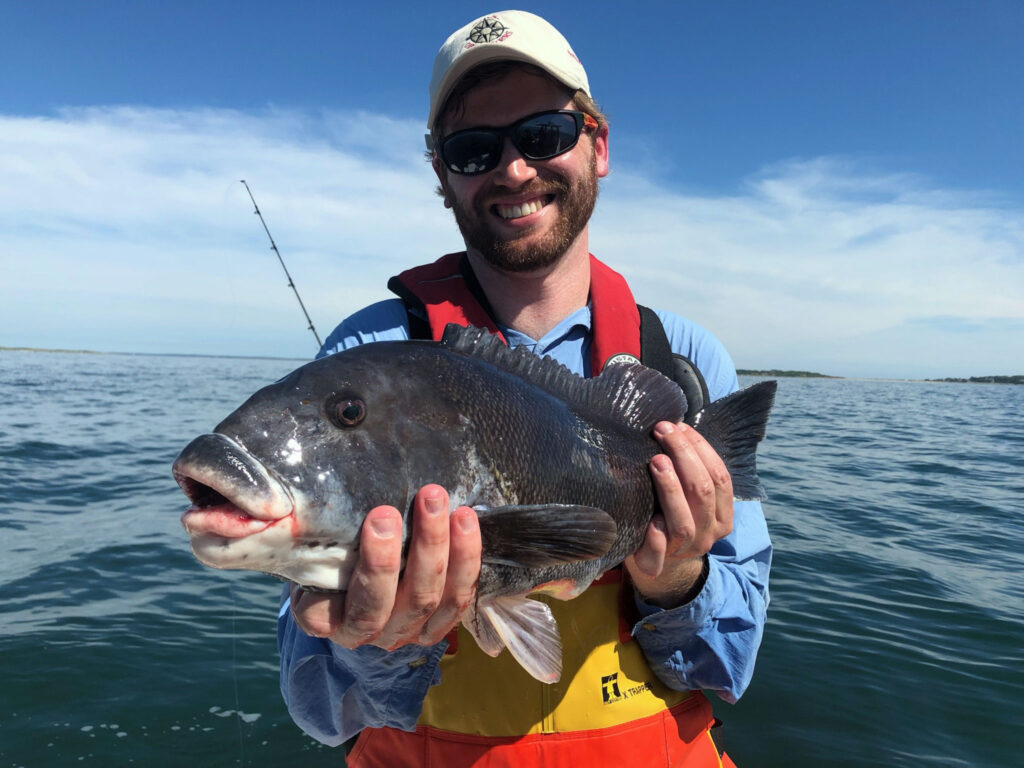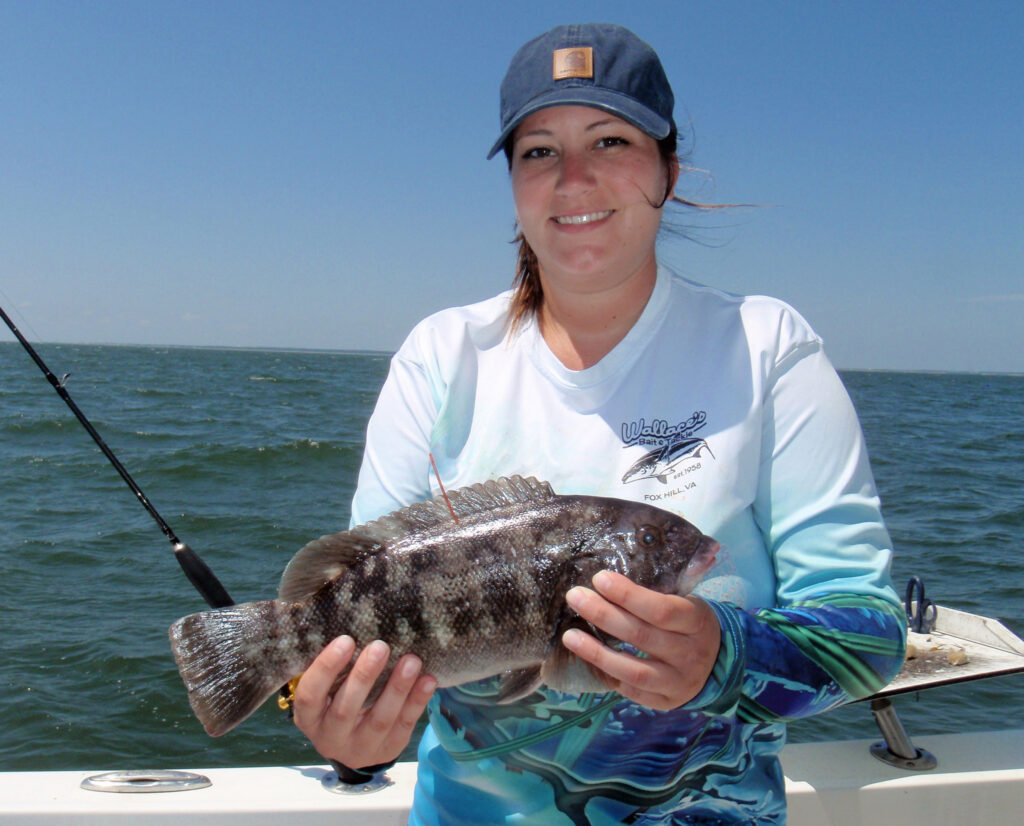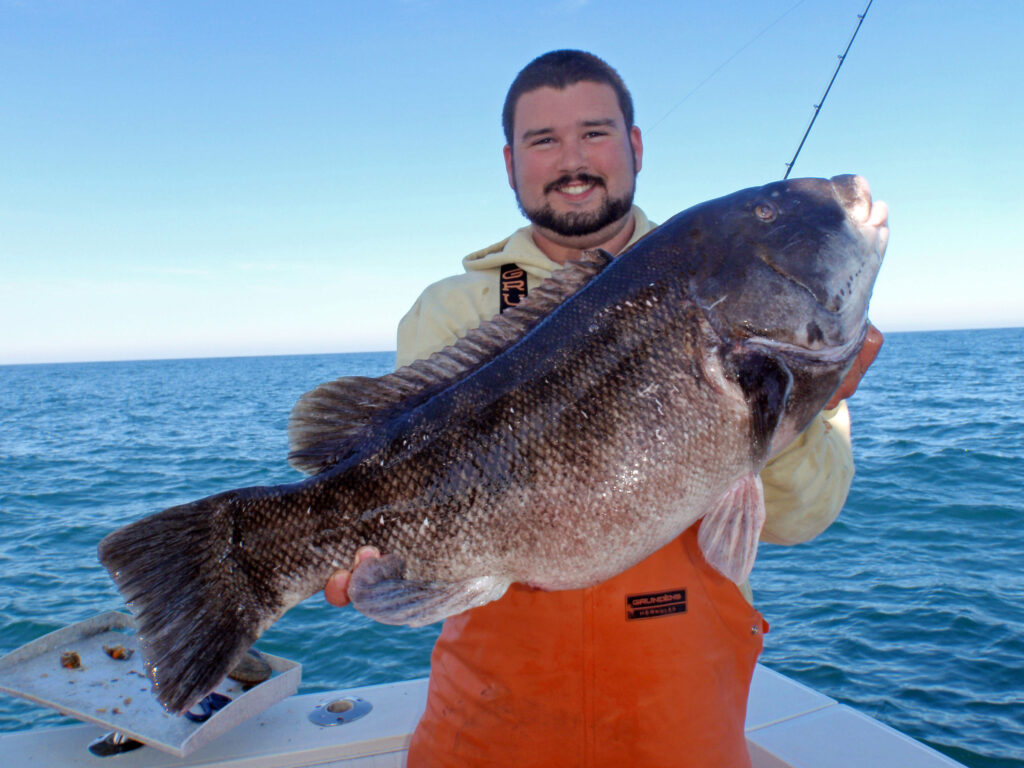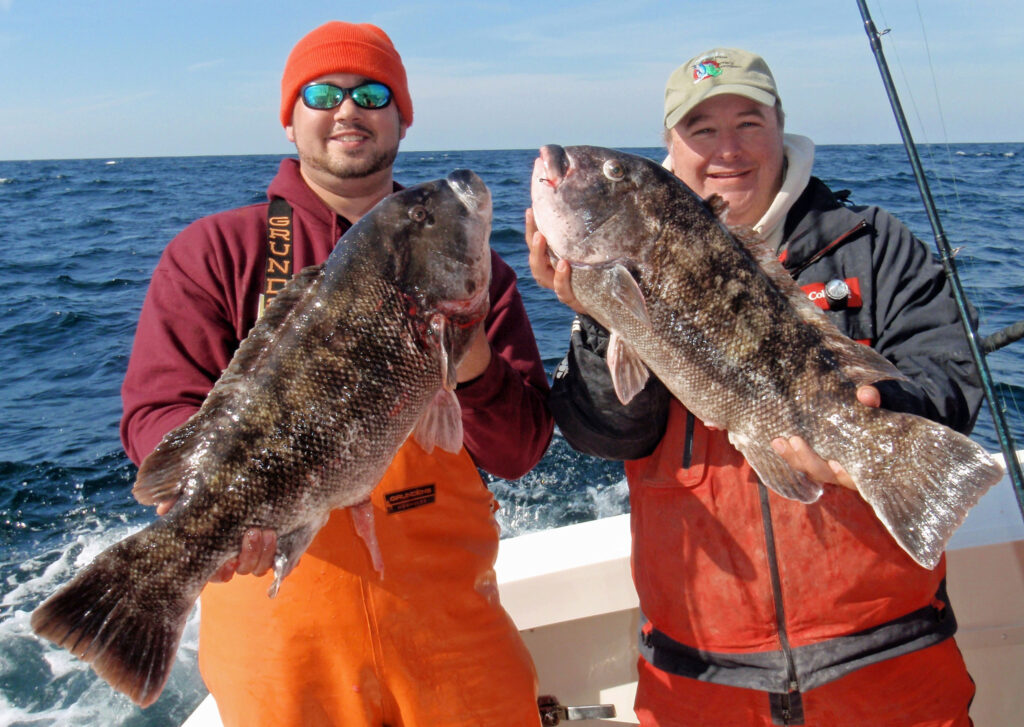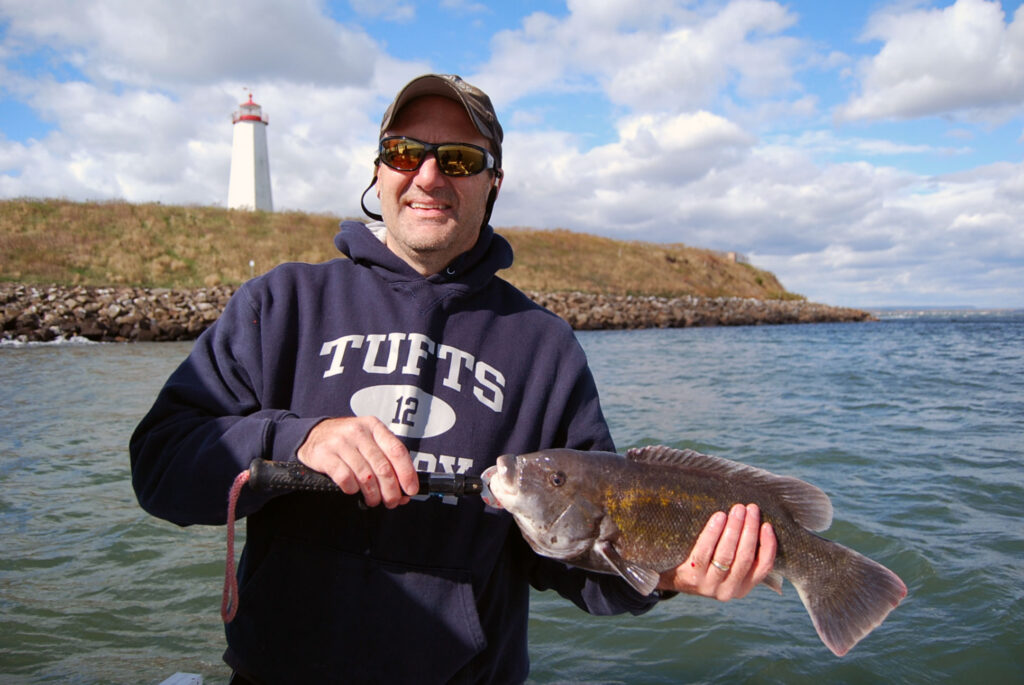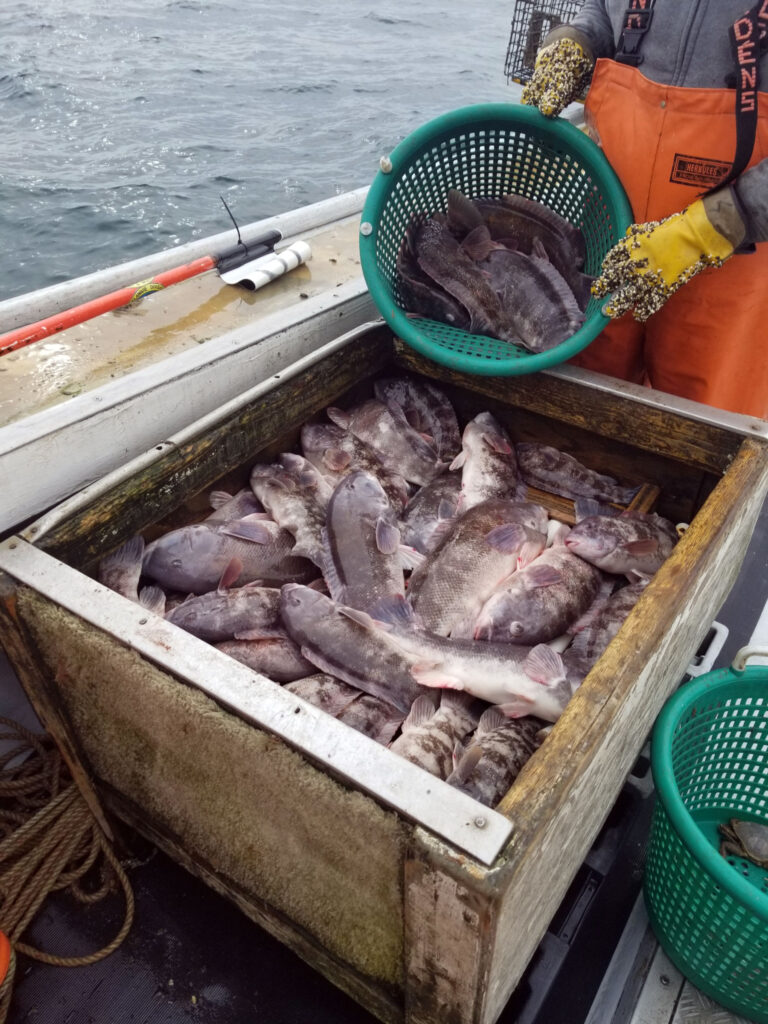Tautog
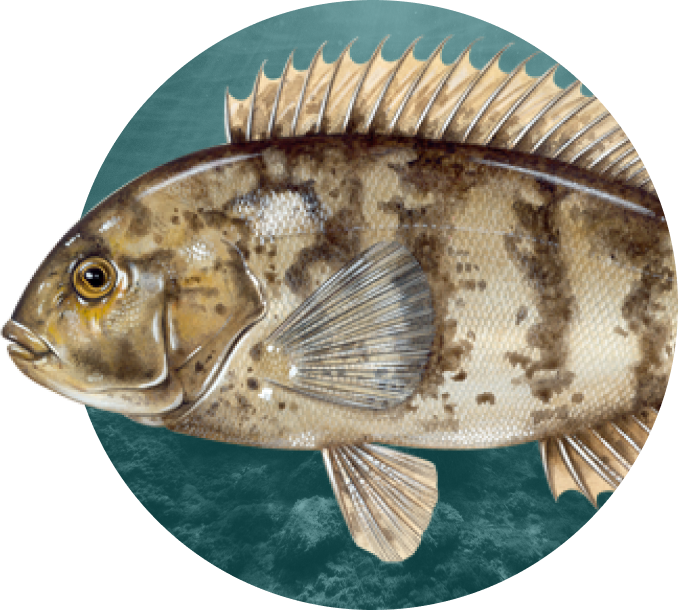
Latest News and Resources
-
2025 Annual Meeting Agenda and Public Comment Guidelines
-
Tautog Management Board Annual Meeting Materials — October 2025
-
2025 Annual Meeting Travel Authorization
-
2025 Annual Meeting Notice and Preliminary Agenda
-
Tautog Management Program Overview
-
Tautog Management Board Presentations — May 2025
-
2025 Spring Meeting Summary — May 2025
Latest News and Resources
-
2025 Annual Meeting Agenda and Public Comment Guidelines
-
Tautog Management Board Annual Meeting Materials — October 2025
-
2025 Annual Meeting Travel Authorization
-
2025 Annual Meeting Notice and Preliminary Agenda
-
Tautog Management Program Overview
-
Tautog Management Board Presentations — May 2025
-
2025 Spring Meeting Summary — May 2025
-
2025 Spring Meeting Final Agenda
-
Tautog Management Board Spring Meeting Materials — May 2025
-
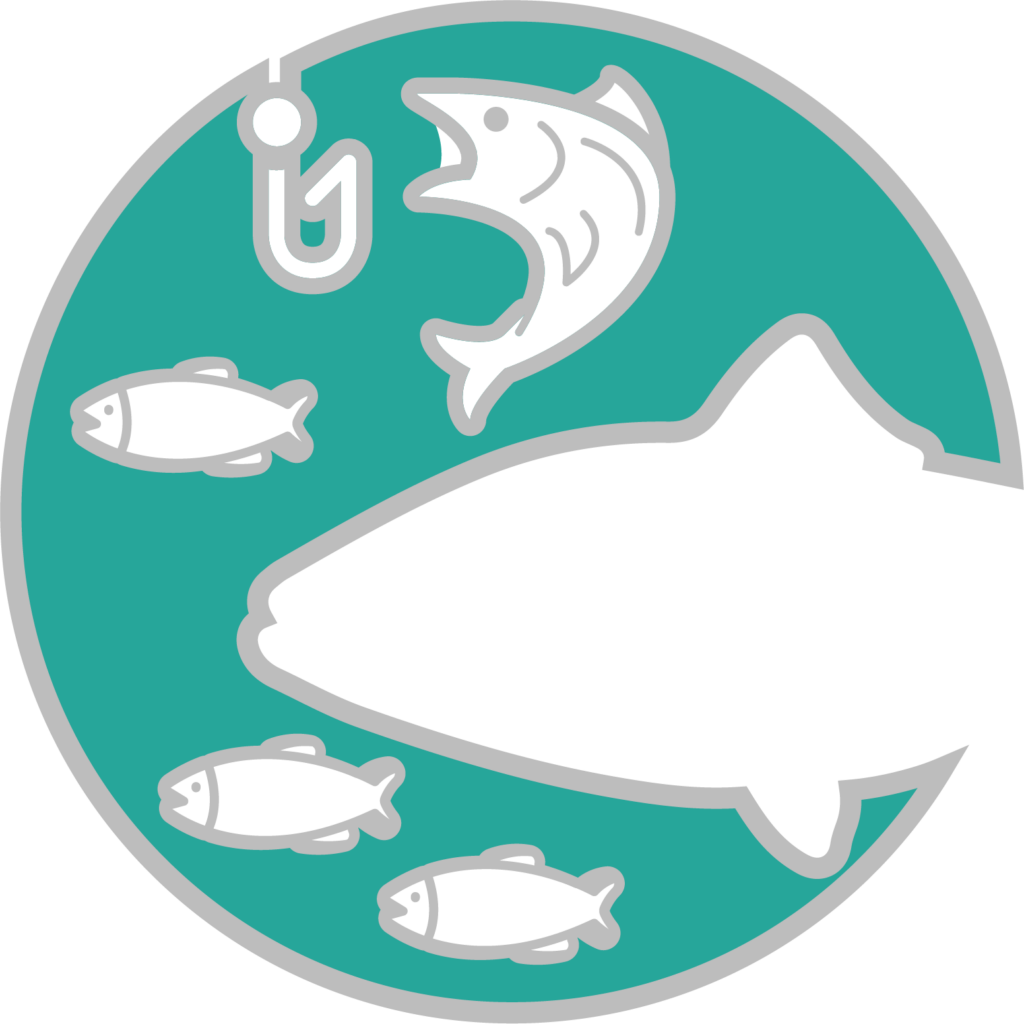
Massachusetts-Rhode Island
Population Abundance
Not overfished
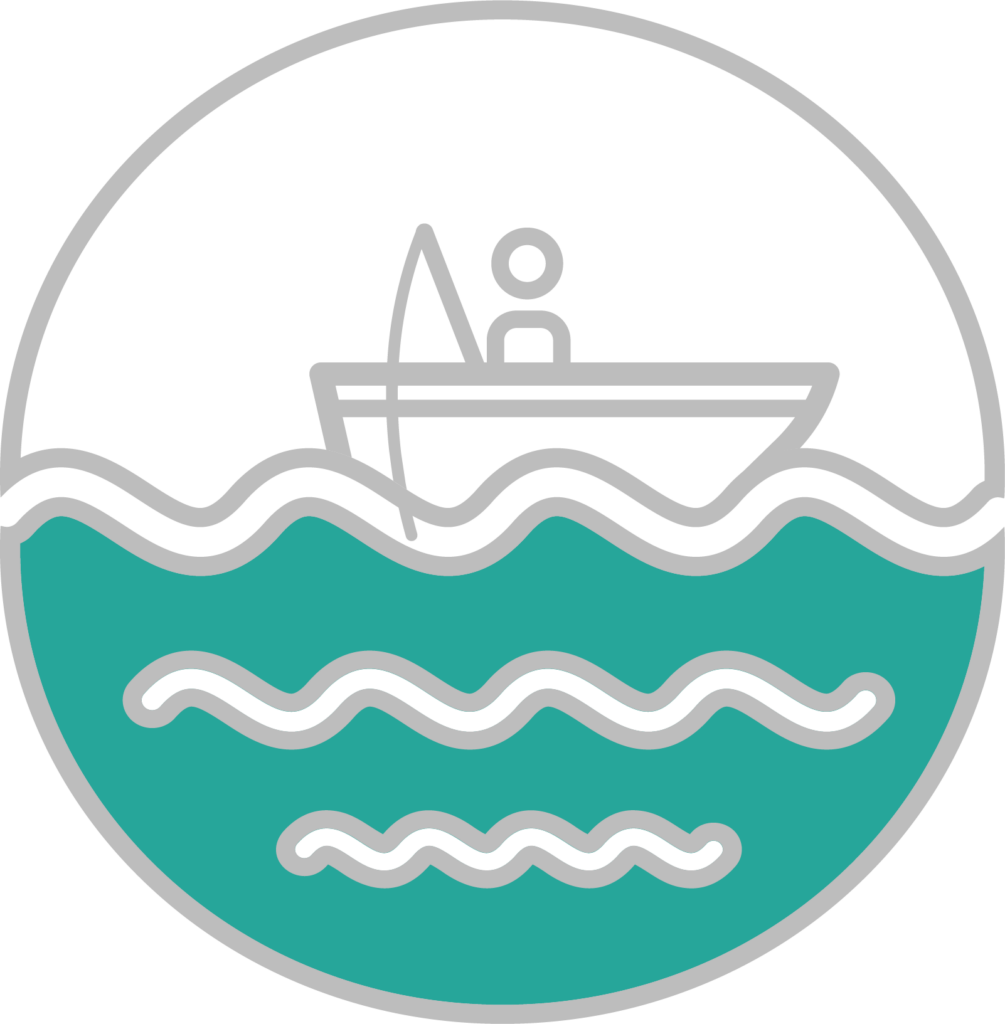
Massachusetts-Rhode Island
Fishing Mortality
Overfishing not occurring

Long Island Sound
Population Abundance
Not overfished

Long Island Sound
Fishing Mortality
Overfishing not occurring
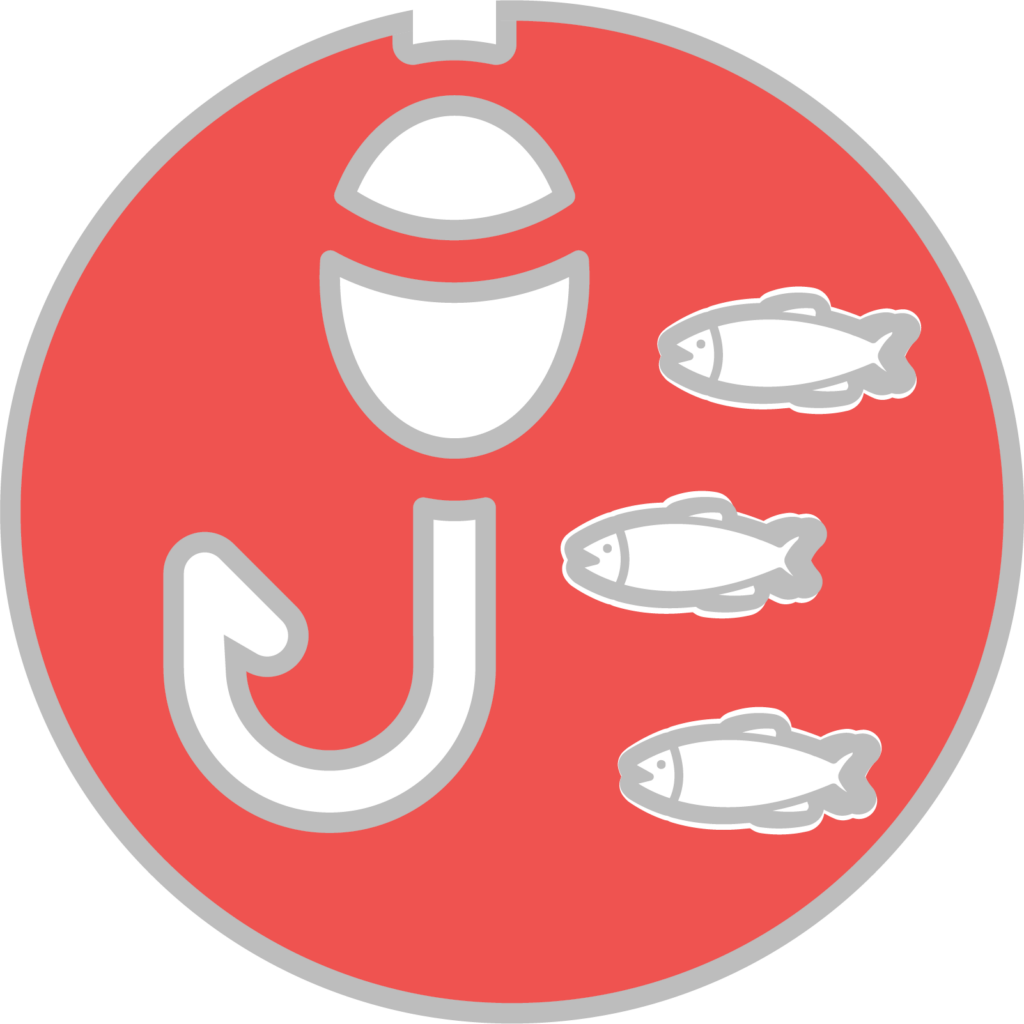
New Jersey-New York Bight
Population Abundance
Overfished

New Jersey-New York Bight
Fishing Mortality
Overfishing not occurring

Delaware-Maryland-Virginia
Population Abundance
Not overfished

Delaware-Maryland-Virginia
Fishing Mortality
Overfishing not occurring
Current Status
Stock status based on 2021 assessment update, which found improvements in all regions. Assessment update scheduled for 2025.
Meeting Calendar
Next Meeting
Contacts
- James Boyle IV, FMP Coordinator (JBoyle@asmfc.org)
- Management Board, Matt Gates, Chair
- Technical Committee, Sandra Dumais, Chair
- Advisory Panel
Species Information
Tautog, also known as blackfish, are sturdy fish found along the Northeast Atlantic coast from Nova Scotia down to Georgia, with the highest numbers between Cape Cod and Chesapeake Bay. These fascinating fish are known for their strong build, arched heads, and impressive ability to hide among rocks and reefs. Tautog migrate seasonally, moving to different areas to spawn and find food, primarily feasting on oysters, mussels, and other shellfish. They can live for over 30 years and are highly prized by anglers for their fight and tasty meat. While most of the catch comes from recreational fishing, commercial fishing also targets tautog, especially in states like New York and Massachusetts. Managed with size and bag limits, efforts are in place to protect their habitats and ensure that tautog populations remain healthy and sustainable for future generations of fishing enthusiasts.
Management
Tautog is managed under Amendment 1 (2017) to the Fishery Management Plan, which delineated the stock into four regions due to differences in biology and fishery characteristics, and limited coastwide movement. Based on these delineations, the Amendment established new regional biological reference points, fishing mortality targets, and stock rebuilding schedules, and required each region to implement measures that have at least a 50% probability of achieving the regional fishing mortality target. If the current fishing mortality exceeds the regional threshold, the Board must initiate corrective action within one year.
The 2017 assessment update found that all regions except MARI were overfished, and overfishing was occurring in the LIS and NJNYB regions. As such, Amendment 1 required the LIS region to reduce harvest by at least 20.3%, and the NJ-NYB region to reduce harvest by at least 2%. The MARI and DelMarVa regions were not required to reduce harvest, but adjusted their regulations to establish consistent measures across all the states within each region where possible. In considering the improved results of the 2021 Regional Assessments Update, the Board chose to not make any management changes at this time since no regions are experiencing overfishing.
Stock Status
Since the 2015 Benchmark Stock Assessment, stock status has been evaluated regionally due to differences in biology, fishery characteristics, and limited coastwide movement. Those regions include: Massachusetts–Rhode Island (MARI), Long Island Sound (LIS), New Jersey–New York Bight (NJ-NYB), and Delaware– Maryland–Virginia (DelMarVa).
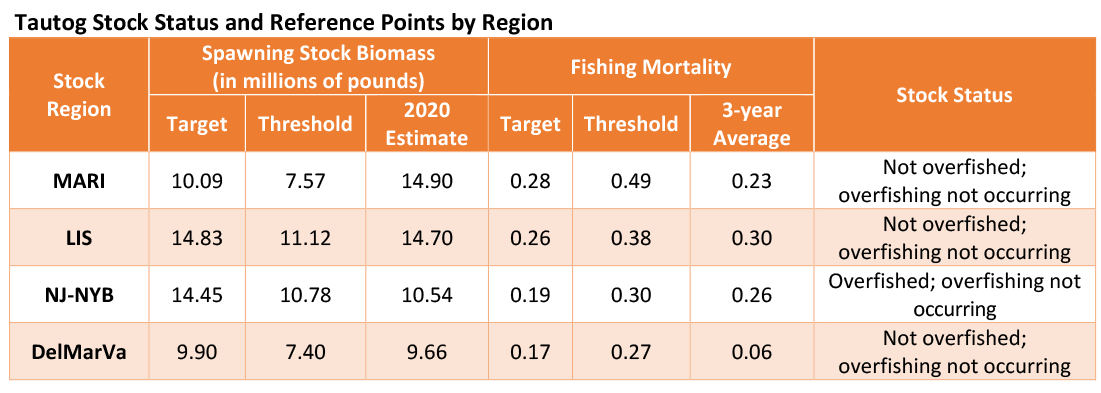
In 2021, a Regional Stock Assessment Update was completed, using the same assessment methodology that was approved for management use as part of the 2016 Regional Benchmark Stock Assessment and subsequently used in the 2017 update. The 2021 Stock Assessment Update found improvements in most regions. Stocks within the Long Island Sound (LIS) and Delaware/ Maryland/Virginia (DelMarVa) regions are not overfished, with improved stock status for both regions from the last assessment in 2017. For LIS, New Jersey/New York Bight (NJ-NYB), and DelMarVa, fishing mortality also decreased with the stock not experiencing overfishing in any regions; also an improvement from the previous assessment. In the Massachusetts and Rhode Island (MARI) region, stock status remains unchanged with the stock not overfished nor experiencing overfishing.
Each regional assessment used information through 2020, including calibrated recreational data from the Marine Recreational Information Program (MRIP). In addition to regional indices of abundance from fishery-independent surveys, a catch per unit effort index was developed using MRIP data for each region because tautog are not easily sampled by standard fishery-independent surveys. The new MRIP estimates resulted in higher estimates of spawning stock biomass (SSB) and recruitment in all regions but had less of an impact on fishing mortality.
The regional assessments for MARI and LIS indicated strong year classes in recent years have contributed to increasing trends in SSB. In the DelMarVa region, landings and fishing mortality have declined significantly since 2012, resulting in an increase in SSB over the time period. While the NJ-NYB region remains overfished, the SSB has been trending upward since the last assessment update.
A more detailed overview of the tautog regional stock assessment update is available here.
Commercial & Recreational Fisheries
While tautog are targeted by both commercial and recreational fisheries, over 90% of the total harvest comes from the recreational fishery, with a majority of landings occurring in state waters. Most tautog are landed in the spring and fall, although some Mid-Atlantic anglers pursue tautog year-round, and there is an active fishery off the Virginia coast in the winter. Historically, tautog were considered a “trash fish” until the late 1970s when demand increased and a directed commercial fishery developed. Landings quickly rose, peaking in 1987 at nearly 1.2 million pounds, then rapidly began to decline as states implemented commercial regulations starting in the early 1990s. Landings have remained at approximately the same level for the past 30 years.
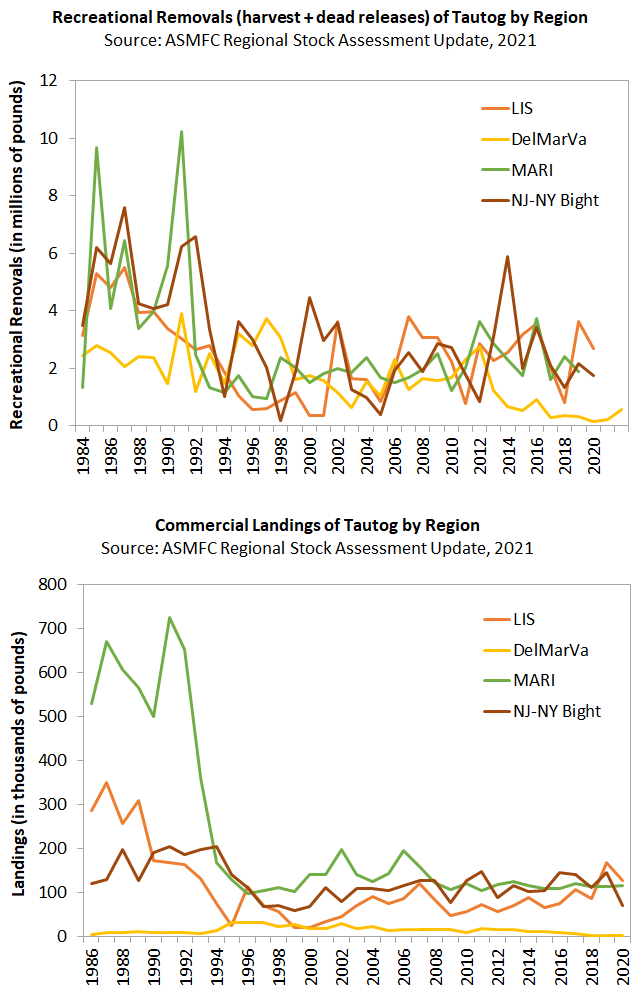
Commercial landings in 2022 were approximately 541,950 pounds, 6% of the total (commercial and recreational) coastwide harvest. The ex-vessel price (dollars per pound) for tautog has steadily increased since the late 1970s with coastwide average price in 2022 at approximately $4.54 per pound. A majority of 2022 commercial landings (73%) occurred in New York followed by Massachusetts (13%). The fish is sold in both fresh and live markets in Northeast cities, with steady demand increasing the price for live tautog in recent years. The higher price and interest in undersized fish has led to significant illegal harvest.
Recreational harvest occurs primarily in the fall from September– December, with green and Jonah crabs the bait of choice for many anglers. Over the past 40 years, coastwide recreational harvest has ranged from a high of over 20 million pounds in 1986 to a low of 3.4 million pounds in 2018. Harvest in 2022 was estimated at 8.8 million pounds. At the state level, Massachusetts through New Jersey account for the vast majority of recreational harvest, with New York, New Jersey, and Massachusetts anglers harvested the most tautog in 2022, although the highest harvesting states does vary year-to-year. While harvesting at much lower levels, fisheries in the states of Delaware through Virginia are primarily recreational. Coastwide recreational discards have increased over time, with an estimated 24.4 million fish discarded in 20202. A discard mortality rate of 2.5% is assumed for the recreational fishery, resulting in an estimated 608,882 recreational dead discards or 23% of recreational removals.
Life History
A member of the wrasse (Labridae) family, tautog are stout fish with an arched head and broad tail. Juveniles are greenish in color and become darker with age. Distributed along the Northeast Atlantic coast from Nova Scotia to Georgia, tautog are most abundant from Cape Cod to Chesapeake Bay. Seasonal migration varies throughout the species’ range. In the north, adults move from offshore wintering grounds in the spring to nearshore spawning and feeding areas in the fall, reversing their migration as water temperatures drop from fall to winter. In the south, tautog undergo a shorter seasonal migration and in some areas may remain either inshore or offshore year round. When water temperatures are very low, adults become torpid or lethargic, possibly allowing tautog to survive cold winter conditions, a unique trait compared to other wrasse species which typically inhabit tropical waters.
Tautog prey primarily on oysters, blue mussels, and other shellfish, using large teeth to crack and crush shells. Juveniles feed on small benthic and pelagic invertebrates such as amphipods and copepods. Adults stay close to their preferred home site and although they may move away during the day to feed, they return to the same general location at night where they become dormant and may actually sleep. There are no species that preferentially feed on tautog, but birds such as cormorants prey on juveniles. Smooth dogfish, barndoor skate, red hake, silver hake, sea raven, and goosefish have been reported to feed on both adults and juveniles.
Tautog are sexually mature at three to four years of age and can live for more than 30 years. Throughout their life, tautog aggregate around structured habitats in estuaries and inlets to offshore reefs. Shallow, vegetated inshore areas serve as juvenile nurseries, while larger juveniles cohabitate with adults in deeper offshore waters. North of Long Island, tautog are generally found around rocks and boulders. Toward the southern end of their range, tautog often inhabit wrecks, jetties, natural and artificial reefs, and shellfish beds. This aggregation around structure makes tautog easy to find and catch, even when biomass levels are low.
News & Resources
Explore recent news, management updates, and scientific reports to gain a deeper understanding of ongoing conservation efforts and sustainability strategies.
-
-
Consider 2025 Tautog Stock Assessment Update (K. Drew) Possible Action, Consider Acceptance of Stock Assessment Update for Management Use, Consider Management Response, if necessary; Consider Approval of Fishery Management Plan Review and State Compliance for the 2024 Fishing Year (J. Boyle); Elect Vice-Chair Action
-
-
-
Prepared for the Commissioner Manual
-
-
-
The Atlantic States Marine Fisheries Commission’s Winter Meeting will be May 5 – 8, 2025 at The Westin Crystal City.
-
Review Technical Committee Report on New York Study of Alternative Commercial Tags; Progress Update on the 2025 Tautog Stock Assessment Update; Elect Chair
-
The Commission’s Tautog Technical Committee (TC) and Stock Assessment Subcommittee (SAS) met via conference call on Wednesday, March 18th to discuss changes or issues with 2021-2023 assessment data, review the state-by-state ageing structures and updates since the last assessment, and review the results from the NY study on potential alternative commercial tags.
-
-
Get Hooked on ASMFC News
Dive into the latest updates and catch all the important news by joining our newsletter mailing list. Stay in the loop with meeting agendas, fisheries management news, and more.
